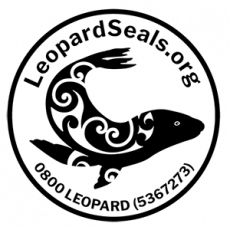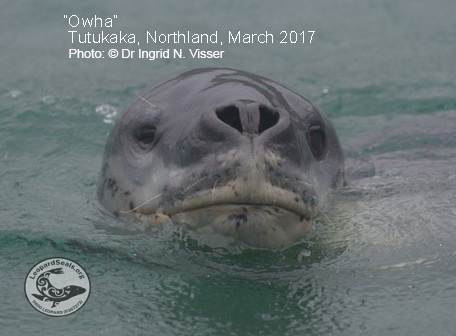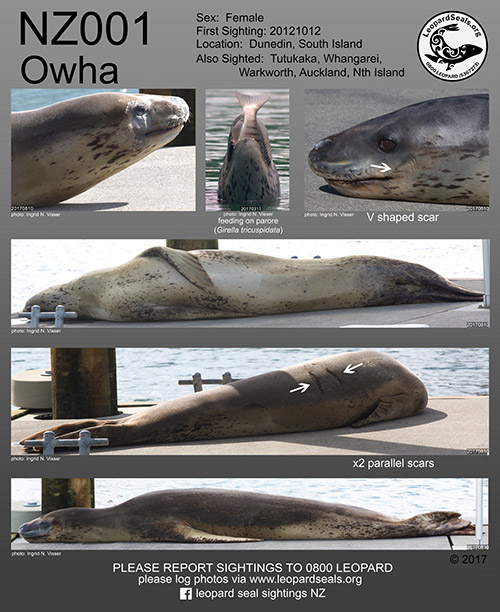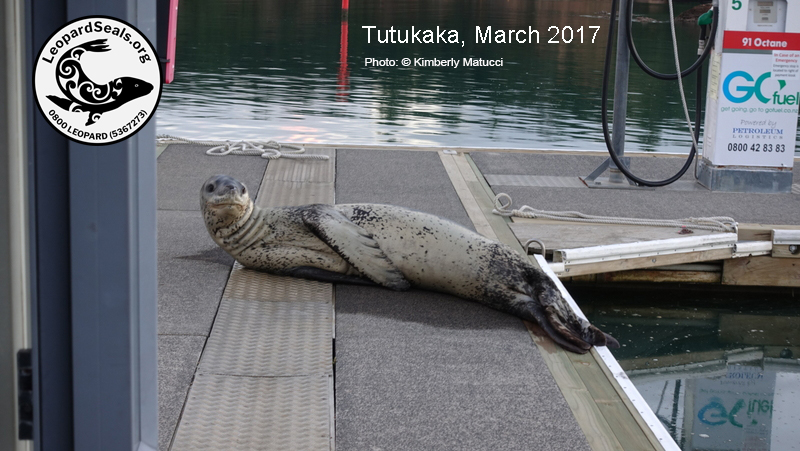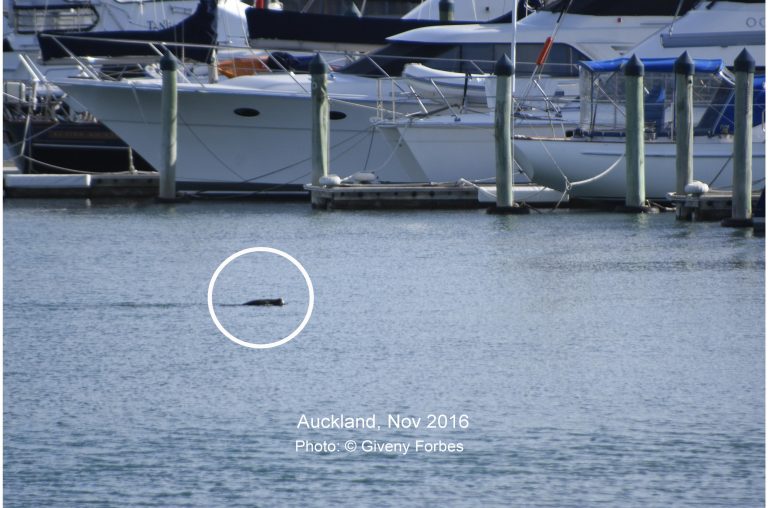
Owha is short for her Māori name “He owha nā ōku tūpuna” which translates to mean “treasured gift from our ancestors”. She received this name from the local Māori hapu (sub-tribe or clan), Ngati Whatua ki Orakei, after she spent more than a year in their home waters.
